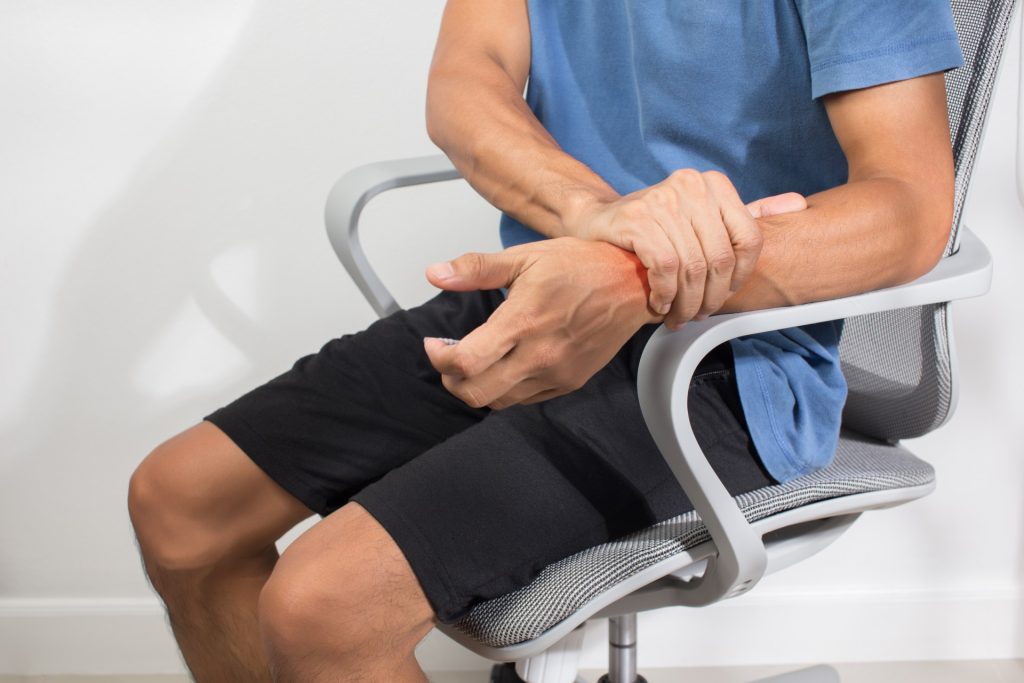You’ve probably never given much thought to your trapezium bone. Why would you? It’s tucked away at the base of your thumb, quietly doing its job without any fanfare. But when it breaks, suddenly this little bone becomes the center of your entire world.
What Exactly Is This Thing?
When considering a trapezium fractures overview, know that the trapezium is one of eight small bones in your wrist, sitting right where your thumb connects to everything else. Think of it as the cornerstone of your thumb’s foundation. It’s shaped kind of like a saddle, which lets your thumb move in all those amazing ways that make you human: pinching, gripping, texting, giving thumbs up to bad jokes.

When this bone fractures, you’re looking at one of the rarer wrist injuries out there. We’re talking maybe 3-5% of all hand fractures.
How Does Someone Actually Break This?
Most people fracture their trapezium in one of two wildly different scenarios:
- Falling directly onto an outstretched thumb (imagine bracing yourself with your hand flat and getting all the impact right there)
- Punching something really hard (yes, “boxer’s fracture” can happen here too)
- High-velocity impacts like motorcycle accidents or serious falls
But there’s also a sneaky culprit: repetitive stress. You might develop what’s called a stress fracture just from overusing your thumb constantly. Some athletes and manual laborers wear theirs down over time.
What Does It Feel Like?
Pain at the base of your thumb that won’t quit. Swelling that makes your hand look puffy. Tenderness when you press on that meaty part between your thumb and wrist.
You’ll notice you can’t grip things properly anymore. Opening jars? Forget it. Turning a key? Good luck. Your thumb basically goes on strike, and suddenly you realize just how much you use this digit for absolutely everything.
The Diagnosis Dance
Your doctor will do something called the “scaphoid shift test” and other provocative maneuvers that sound fancier than they are. They’re essentially poking around to see what hurts.
X-rays come next. Sometimes the fracture shows up clear as day. Other times it’s hiding, and you might need a CT scan or MRI to catch it.
Treatment Options That Might Surprise You
Not all trapezium fractures need surgery. Simple, non-displaced fractures often heal just fine with immobilization. You’ll wear a thumb spica cast for about six weeks, which makes you look like you’re perpetually hitchhiking.
Surgery becomes necessary when the bone fragments are displaced or the joint surface is disrupted. Surgeons might use pins, screws, or even remove bone fragments that are beyond saving.
Here’s the unconventional part: some fractures do better with early mobilization rather than extended casting. Your treatment plan depends entirely on the fracture pattern, and there’s ongoing debate about the best approaches.
Why This Matters More Than You Think
Your trapezium supports the thumb joint that handles more motion and stress than almost any other joint in your hand. Damage here can lead to arthritis down the road if not treated properly.
Recovery takes patience. You’re looking at months of rehabilitation to get your grip strength back. Physical therapy becomes your new hobby.
The good news? Most people recover well with proper treatment. Your thumb might feel a bit different afterward, maybe slightly weaker, but it’ll work. You’ll text again. You’ll open those stubborn pickle jars. Life goes on, one thumb movement at a time.

